Potassium Is *the* Nutrient Everyone Needs More of to Stay Healthy — Experts Say These Foods Can Help
Up to 98% of us are deficient in this essential mineral, which protects your heart, bones, muscles and more
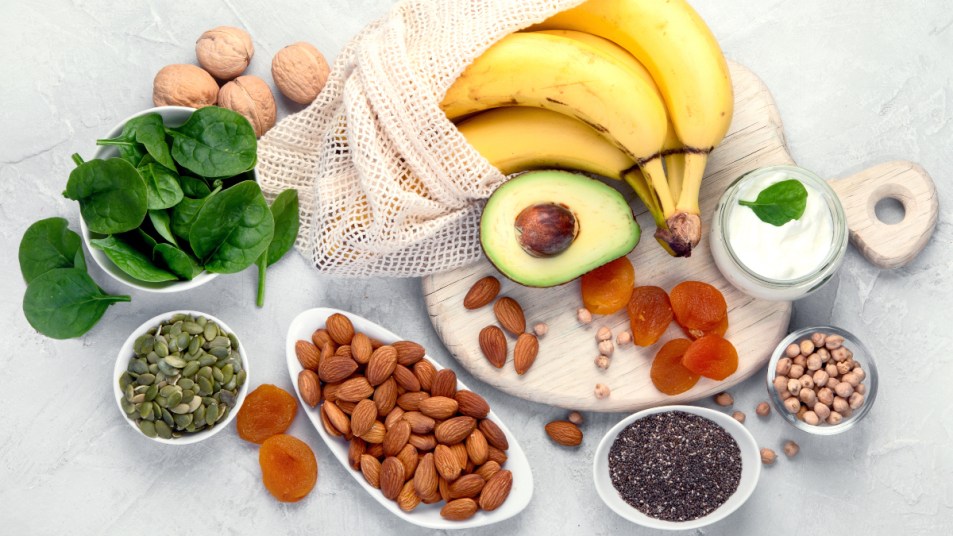
If you’ve ever looked at your food’s nutrition facts, you might have noticed that they all list potassium. There’s a reason for that – it’s considered a “nutrient of concern” since so many Americans don’t get enough of the essential mineral. The good news: Potassium-rich foods can reverse a shortfall, enhance your health and satisfy your tastebuds. We asked experts to break down why potassium is so essential for good health, plus share the best potassium-rich foods to work into your daily diet.
What is potassium?
Potassium is a crucial mineral that plays a key role in everything from regulating heart rhythms to supporting fluid balance. “Our body cannot make it on its own, and we must get it from the food we eat,” explains Brittany Werner, MS, RDN, Director of Coaching at Working Against Gravity.
That’s becoming more and more of an issue, notes Ann Kulze, MD, a physician and CEO and founder of The Healthy Living School, because so many of us eat processed and ultra processed foods that offer little potassium. A deficiency (which experts estimate affects up to 98% of people) can lead to side effects like malaise, muscle weakness, constipation, abnormal heart rhythm and more.
While it’s true that anyone can become deficient in potassium — which is medically known as hypokalemia — research shows that women over 60 are especially vulnerable. This can be due to aging kidneys, adrenal disorders or the use of diuretics.
To avoid deficiency, women should aim to eat about 2,600 mg of potassium daily. And the recommended intake for men is about 3,400 mg. But according to Dr. Ann, “so many people are not getting enough, and the ramifications of inadequate intake are potentially catastrophic.”
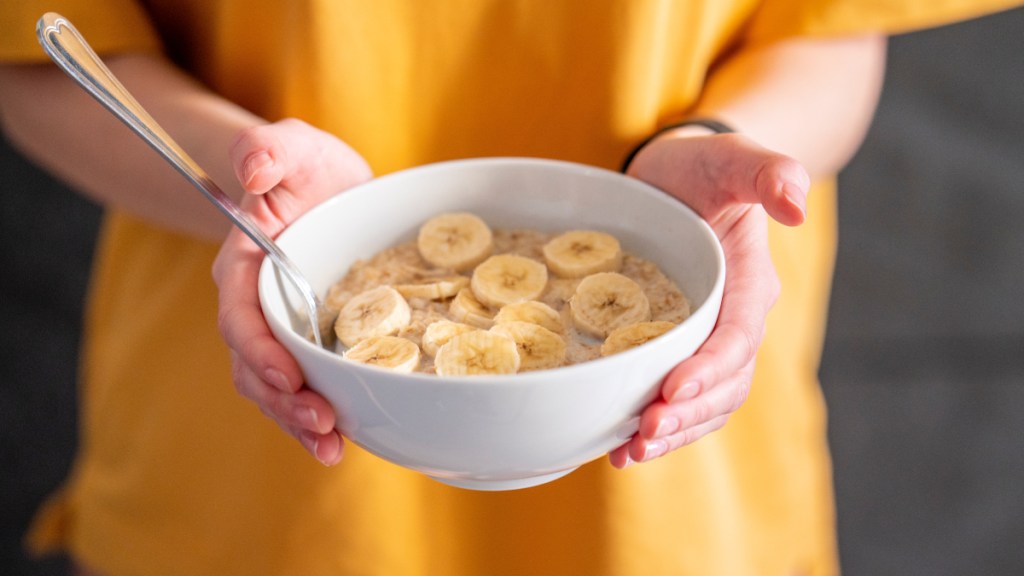
Considering upping your intake? People with abnormal kidney function or chronic kidney disease should speak to their doctor first, but there’s little concern for folks with regular function, says Dr. Ann. Your body will absorb whatever potassium it needs, while the rest is filtered and excreted by the kidneys. (Kidney trouble? Click through for tips on how to improve kidney function naturally.)
How potassium-rich foods support good health
Savoring more potassium-rich foods can deliver total-body benefits. “Potassium is kind of unsexy,” says Dr. Ann, “but it’s just so essential. It can have major impacts on day-to-day functioning and overall health.” Here are five key ways it can help:
1. Potassium protects the heart
High-sodium diets are a leading causing of high blood pressure and a risk factor for heart disease. That’s because high sodium intake draws more water into the bloodstream, increasing the volume of blood and raising blood pressure. But potassium has an opposite effect, relaxing blood vessels and increasing the amount of sodium shuttled out of the body.
Indeed, research shows that people who increase their potassium intake lower their blood pressure and are less likely to need hypertensive medications. “The average American is consuming twice as much sodium as potassium,” notes Dr. Ann. “But for optimal health, we want them to be having five times more potassium than sodium.”
2. Potassium wards off osteoporosis
As we age, we lose bone density. In fact, the National Council on Aging says women can lose up to 20% of their bone density in the 5-7 years following menopause. Thankfully, potassium-rich foods can help. How? “The more potassium you consume, the less calcium you lose in your urine, and more stays in your body for your bones,” explains Dr. Ann. That’s key, since increased calcium is proven to notably improve bone mineral density. (Click through for more natural ways to strengthen bones and avoid osteoporosis drugs.)
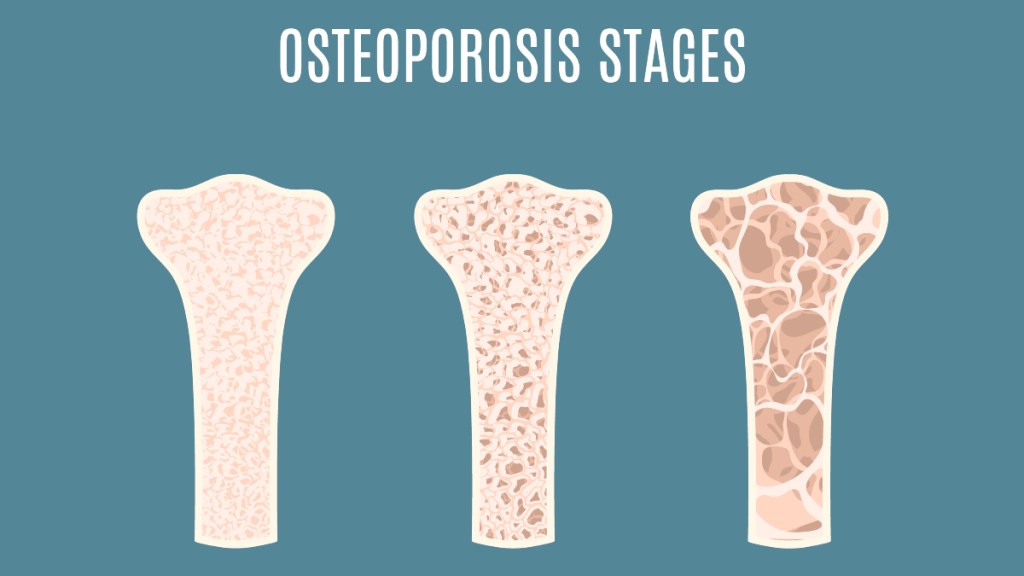
3. Potassium thwarts dehydration
The body is made of 60% water, a majority of which is found in cells. But when we lack potassium, our fluid balance can be thrown off. That can potentially lead to dehydration and fluid retention issues like edema, explains Werner. The good news: Potassium helps keep water in cells to outsmart trouble before it even starts.
4. Potassium blocks muscle cramps
You’ve probably been told to eat a banana after exercising. That’s because potassium aids in proper muscle function. When we exercise or use our muscles in any capacity, cells release potassium to steady heart rate and blood flow. But lower levels of potassium hinder this process and can lead to muscle fatigue, weakness and cramping. Simply shoring up your intake of this crucial nutrient can make exercise — and even just walking around — feel easier.
5. Potassium enhances nerve function
Potassium is also vital for nourishing the nervous system. “Nerves are basically transmitting what needs to happen in the body,” explains Dr. Ann. Nerve impulses, the electric signals between the body and brain, help regulate heartbeats, reflexes and movement. But these impulses only occur when sodium enters cells and potassium moves out of them. That means when we lack the mineral, tingling and numbness are possible. Upping your intake blocks these bothersome symptoms.
The 10 best potassium-rich foods
While it may be tempting to reach for a supplement to shore up your potassium levels, our experts agree that a food-first approach is best. And with so many delicious options, you’ll be sure to find good sources of potassium you’ll love. Here, we’ve rounded up the top potassium-rich foods with added health benefits.
1. Leafy greens
Dark leafy veggies like spinach and kale are consistently lauded for their health benefits. “There is no healthier food anyone can put in their mouth,” says Dr. Ann. “No one should go a day without having some sort of dark leafy green.” The upsides to eating more leafy greens: They protect against cancer, repair DNA, ease inflammation, safeguard bones and regulate digestion, among dozens of other benefits. Plus, when it comes to potassium, you can get as much as 334 mg from 2 cups of raw spinach or 300 mg from 1 cup of kale.
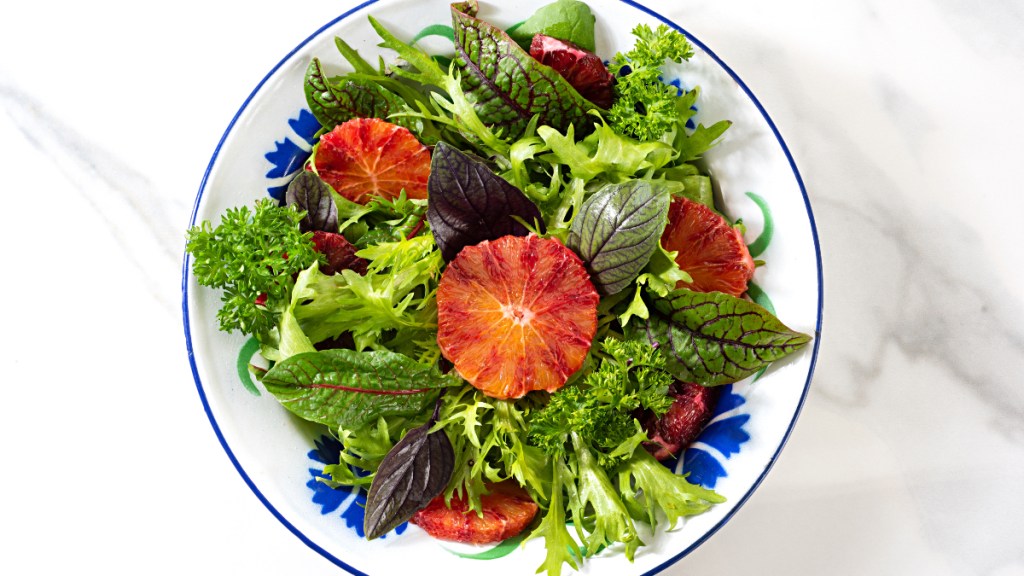
2. Oily fish
Not only are oily fish like salmon, sardines and halibut packed with potassium, they also brim with omega-3 fatty acids and vitamin D. “This is a huge problem area of nutrition,” says Dr. Ann. “So many people are not getting enough vitamin D or getting enough omega-3s.”
Like potassium, vitamin D is a nutrient of concern because our levels of it have dropped so low. But it’s essential for helping the body absorb bone-building calcium, safeguarding the heart and protecting memory. (Click through to learn more about how vitamin D impacts energy and fatigue, too.)
Oily fish is also packed with omega-3 fatty acids that are key for warding off depression, protecting vision and lowering heart disease risk. Their high potassium content is the icing on the cake. There’s 365 mg of potassium in a can of sardines, and a 3 oz-serving of salmon offers 416 mg of potassium.
3. Tomatoes and tomato sauce
Fresh tomatoes offer a host of health benefits, thanks to nutrients like beta-carotene and lycopene that lower cholesterol and protect skin from the sun. Plus, they offer a potassium boost. To get the most potassium out of these delicious gems, opt for tomato paste or sauce. “They have an even higher concentration since they’ve been cooked down,” explains Dr. Ann, who recommends reaching for low-sodium varieties. While there’s 237 mg of potassium in fresh, raw tomatoes, just 1/2 cup of tomato paste provides a whopping 1,010 mg.
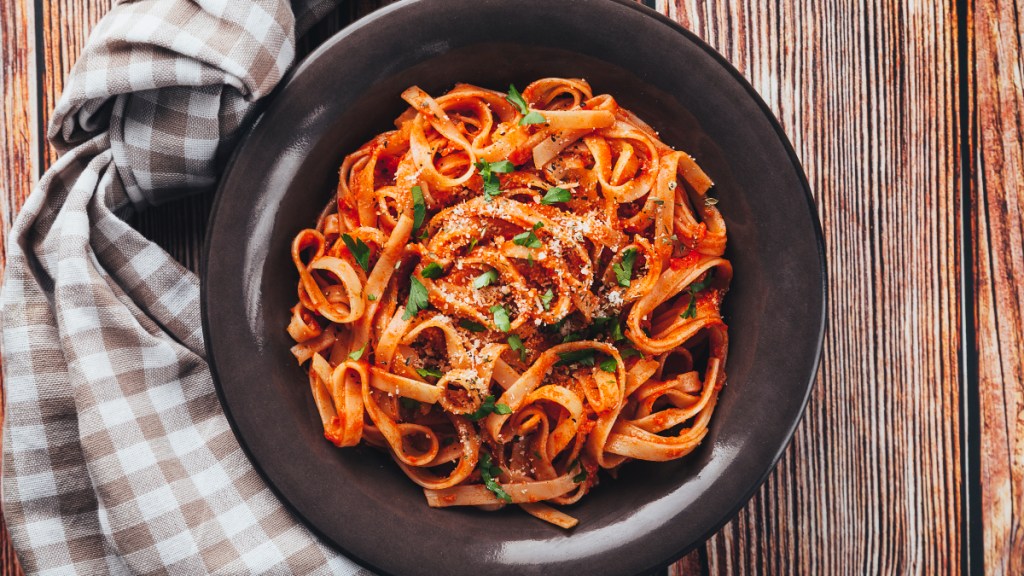
4. Bananas
Most of us automatically think of bananas when it comes to potassium, and for good reason. Just one medium-sized banana has about 422 mg of potassium. The fruit also contains several B vitamins, 3 grams of fiber and dopamine, which is a major mood and focus-enhancing hormone.
“They’re perfect for a post-workout snack, or when you need that mid-afternoon pick-me-up,” says Werner. However, there are also plenty of other fruits with more potassium than bananas. Dr. Ann recommends incorporating cantaloupe, pears, peaches, oranges and kiwis to your diet for an added potassium boost.
5. Legumes
Legumes are too often overlooked, notes Dr. Ann. “Probably 99% of people are not tapping into beans like they should,” she says. Her advice? Enjoy at least one serving of beans, peas or lentils daily. Lentils contain 677 mg per 1/2 cup uncooked, lima beans have 955 mg per cup and white beans boast a whopping 1,190 mg per cup. Peas are also high in potassium, with 354 mg per cup. Bonus: Protein- and fiber-rich beans can help you feel full for hours, lower diabetes risk and enhance gut health.
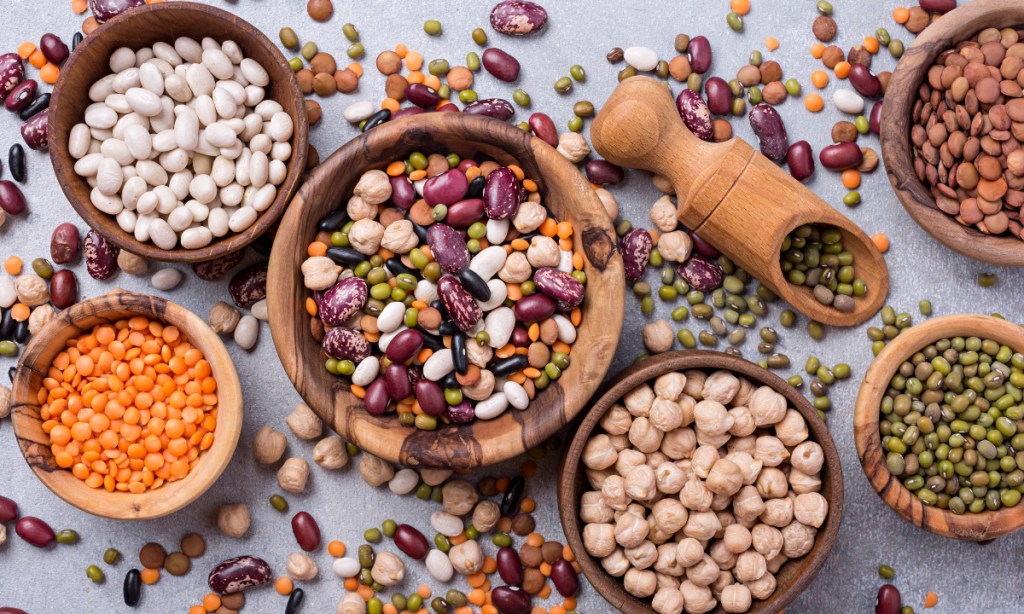
6. Yogurt
For a potassium-rich snack, nosh on yogurt. It contains 282 mg of potassium in one 7 oz. container. “I’m all about people getting more fermented foods,” says Dr. Ann. Why? In addition to upping your potassium levels, fermented foods like yogurt, sauerkraut and kimchi also help ward off obesity, balance blood sugar and more.
Tip: Yogurt is the perfect “base” to pile on other potassium-rich foods. Dr. Ann likes to drizzle blackstrap molasses over her yogurt. The natural sweetener is one of the richest sources of potassium. In fact, just 1 Tbs. contains about 300 mg of potassium.
7. Avocado
Savoring avocado toast or an avocado-topped salad can also bolster your potassium levels. “Strive to have a quarter or half an avocado daily,” advises Dr. Ann. One half contains 345 mg of potassium, plus other key nutrients like magnesium, vitamin C, B vitamins and monosaturated fatty acids. With those nutrients, avocado can also help boost immunity, improve gut health and help block weight gain.
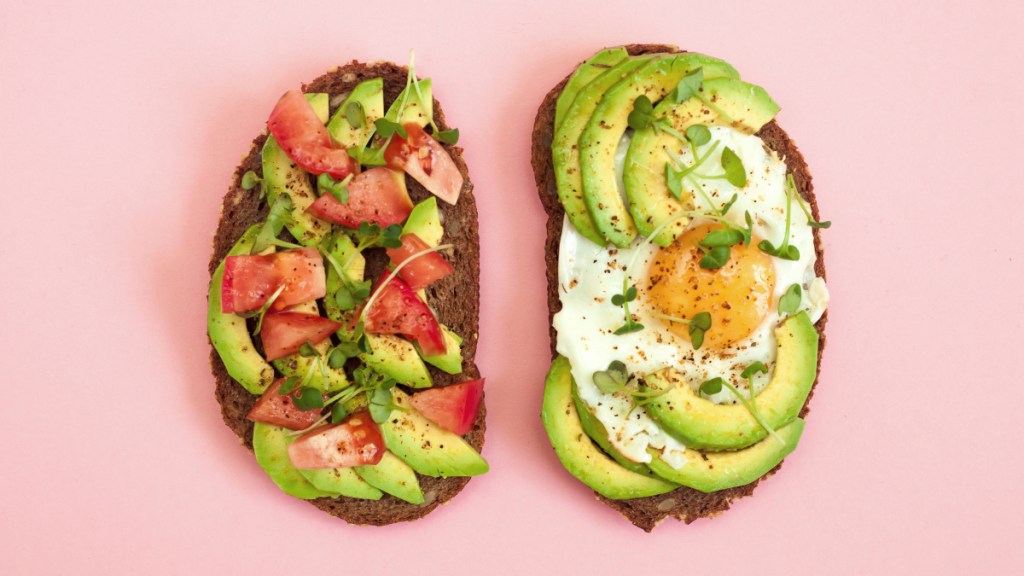
8. Beets
The wide variety of nutrients in beets makes them a powerhouse for your health. “Beets contain antioxidants that help repair DNA and maintain good cell health,” Werner says. “They also have anti-inflammatory properties, reducing the risk for numerous chronic diseases.” Indeed, beets are proven to lower blood pressure and enhance cellular energy. Plus, one beet contains about 266 mg of potassium, and they can be easily blended into smoothies or used to top salads. (Click through for more on the health benefits of beets.)
9. Dried fruit
Several dried fruits are rich in potassium, like raisins with 618 mg in ½ cup and 635 mg in the same amount of prunes. And the potassium in dried apricots can’t be beat, with 755 mg in a ½ cup serving. A great option for snacking, dried fruit has also been linked to reduced low back pain and an overall healthier diet.
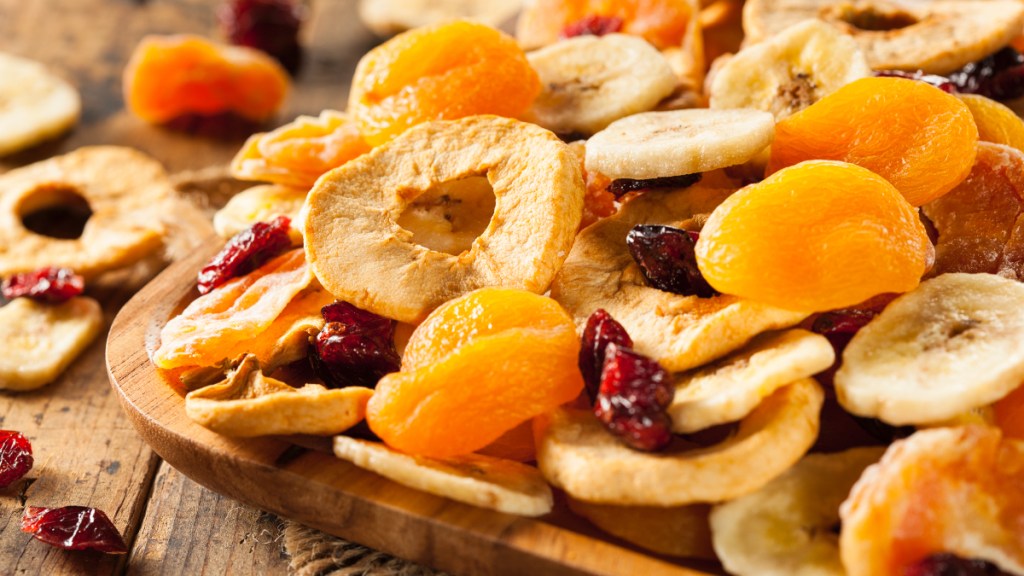
10. Nuts and seeds
Just 1 oz of cashews contains 187 mg of potassium, making them a great potassium-rich snack. Additionally, an equal amount of pumpkin seeds has 261 mg of the nutrient, while almonds boast 208 mg per ounce. Consider tossing together a DIY trail mix with your favorite dried fruits, nuts and seeds for a simple, potassium-boosting snack.
For more health-boosting essential nutrients:
Could Magnesium Be the Key That Unlocks Weight Loss For Women Over 50? Dr. Carolyn Dean Says “Yes!”
Ophthalmologist: These Nutrients Can Protect Your Sight From Macular Degeneration
This Sneaky Vitamin Deficiency May Be the Cause of Your Thinning Hair — Here’s How to Really Fix It
This content is not a substitute for professional medical advice or diagnosis. Always consult your physician before pursuing any treatment plan.














